 | –≠–ª–µ–∫—Ç—Ä–æ–Ω–Ω—ã–π –∫–æ–º–ø–æ–Ω–µ–Ω—Ç: 74HCT574D | –°–∫–∞—á–∞—Ç—å:  PDF PDF  ZIP ZIP |
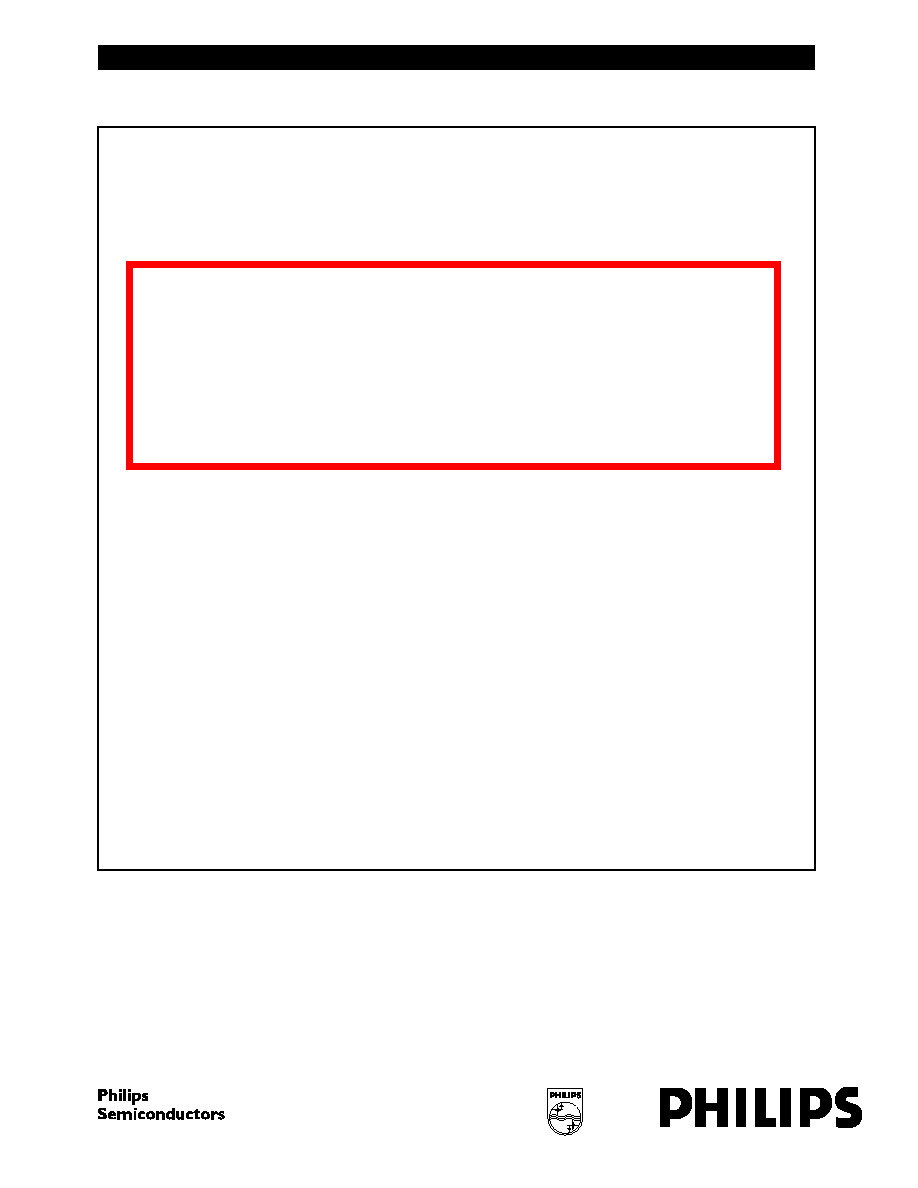
DATA SHEET
Product specification
File under Integrated Circuits, IC06
December 1990
INTEGRATED CIRCUITS
74HC/HCT574
Octal D-type flip-flop; positive
edge-trigger; 3-state
For a complete data sheet, please also download:
∑
The IC06 74HC/HCT/HCU/HCMOS Logic Family Specifications
∑
The IC06 74HC/HCT/HCU/HCMOS Logic Package Information
∑
The IC06 74HC/HCT/HCU/HCMOS Logic Package Outlines
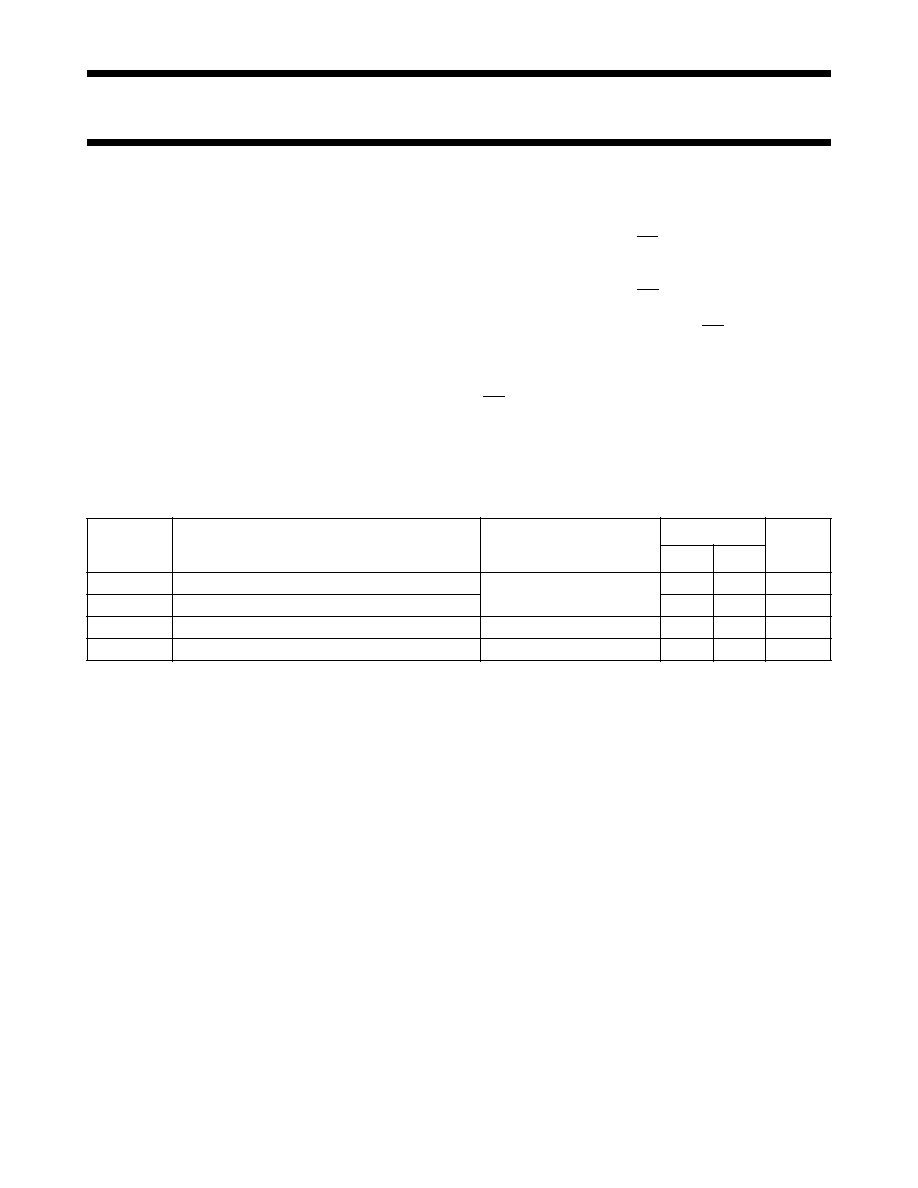
December 1990
2
Philips Semiconductors
Product specification
Octal D-type flip-flop; positive
edge-trigger; 3-state
74HC/HCT574
FEATURES
∑
3-state non-inverting outputs for
bus oriented applications
∑
8-bit positive edge-triggered
register
∑
Common 3-state output enable
input
∑
Independent register and 3-state
buffer operation
∑
Output capability: bus driver
∑
I
CC
category: MSI
GENERAL DESCRIPTION
The 74HC/HCT574 are high-speed
Si-gate CMOS devices and are pin
compatible with low power Schottky
TTL (LSTTL). They are specified in
compliance with JEDEC standard
no. 7A.
The 74HC/HCT574 are octal D-type
flip-flops featuring separate D-type
inputs for each flip-flop and
non-inverting 3-state outputs for bus
oriented applications. A clock (CP)
and an output enable (OE) input are
common to all flip-flops.
The 8 flip-flops will store the state of
their individual D-inputs that meet the
set-up and hold time requirements on
the LOW-to-HIGH CP transition.
When OE is LOW, the contents of the
8 flip-flops are available at the
outputs.
When OE is HIGH, the outputs go to
the high impedance OFF-state.
Operation of the OE input does not
affect the state of the flip-flops.
The "574" is functionally identical to
the "564", but has non-inverting
outputs.
The "574" is functionally identical to
the "374", but has a different pinning.
QUICK REFERENCE DATA
GND = 0 V; T
amb
= 25
∞
C; t
r
= t
f
= 6 ns
Notes
1. C
PD
is used to determine the dynamic power dissipation (P
D
in
µ
W):
P
D
= C
PD
◊
V
CC
2
◊
f
i
+
(C
L
◊
V
CC
2
◊
f
o
) where:
f
i
= input frequency in MHz
f
o
= output frequency in MHz
(C
L
◊
V
CC
2
◊
f
o
) = sum of outputs
C
L
= output load capacitance in pF
V
CC
= supply voltage in V
2. For HC the condition is V
I
= GND to V
CC
For HCT the condition is V
I
= GND to V
CC
-
1.5 V
ORDERING INFORMATION
See
"74HC/HCT/HCU/HCMOS Logic Package Information"
.
SYMBOL
PARAMETER
CONDITIONS
TYPICAL
UNIT
HC
HCT
t
PHL/
t
PLH
propagation delay CP to Q
n
C
L
= 15 pF; V
CC
= 5 V
14
15
ns
f
max
maximum clock frequency
123
76
MHz
C
I
input capacitance
3.5
3.5
pF
C
PD
power dissipation capacitance per flip-flop
notes 1 and 2
22
25
pF
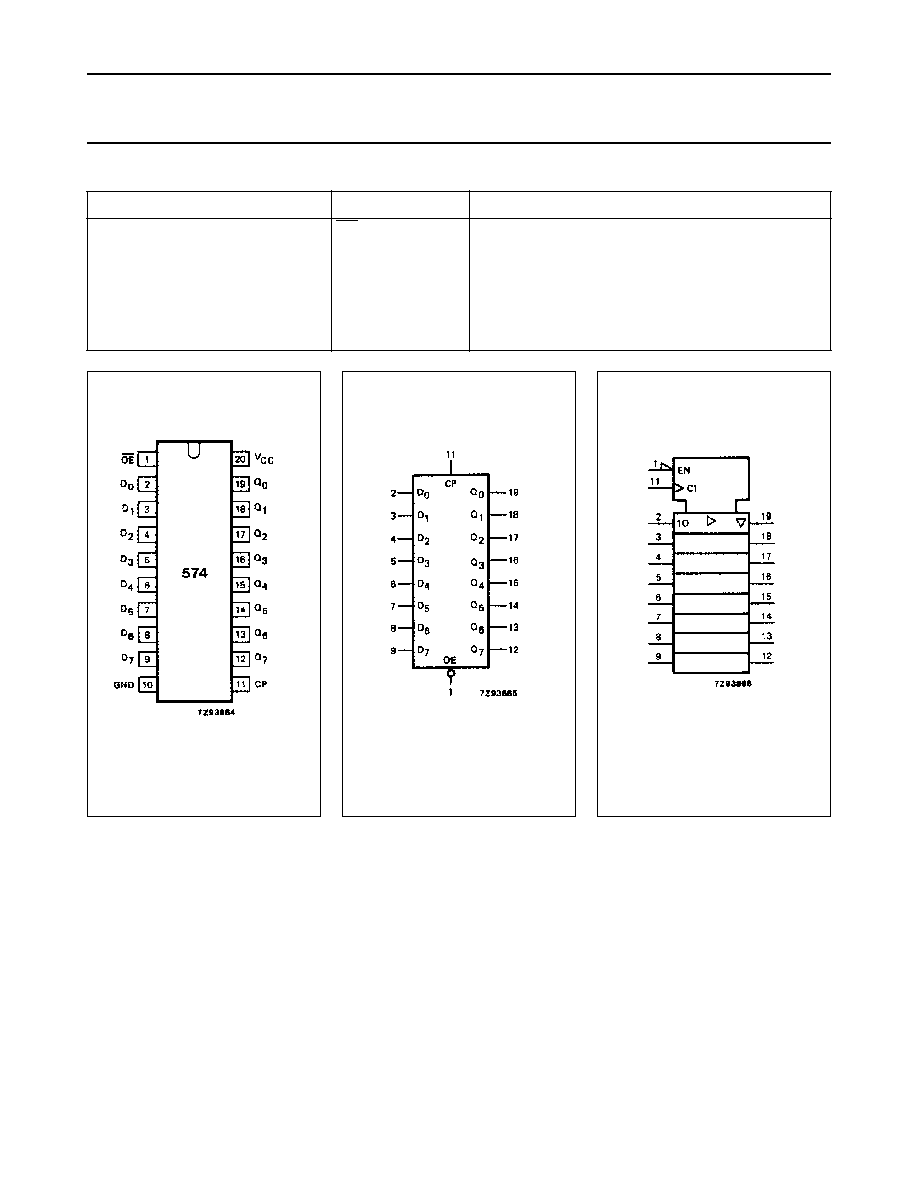
December 1990
3
Philips Semiconductors
Product specification
Octal D-type flip-flop; positive edge-trigger;
3-state
74HC/HCT574
PIN DESCRIPTION
PIN NO.
SYMBOL
NAME AND FUNCTION
1
OE
3-state output enable input (active LOW)
2, 3, 4, 5, 6, 7, 8, 9
D
0
to D
7
data inputs
10
GND
ground (0 V)
11
CP
clock input (LOW-to-HIGH, edge-triggered)
19, 18, 17, 16, 15, 14, 13, 12
Q
0
to Q
7
3-state flip-flop outputs
20
V
CC
positive supply voltage
Fig.1 Pin configuration.
Fig.2 Logic symbol.
Fig.3 IEC logic symbol.
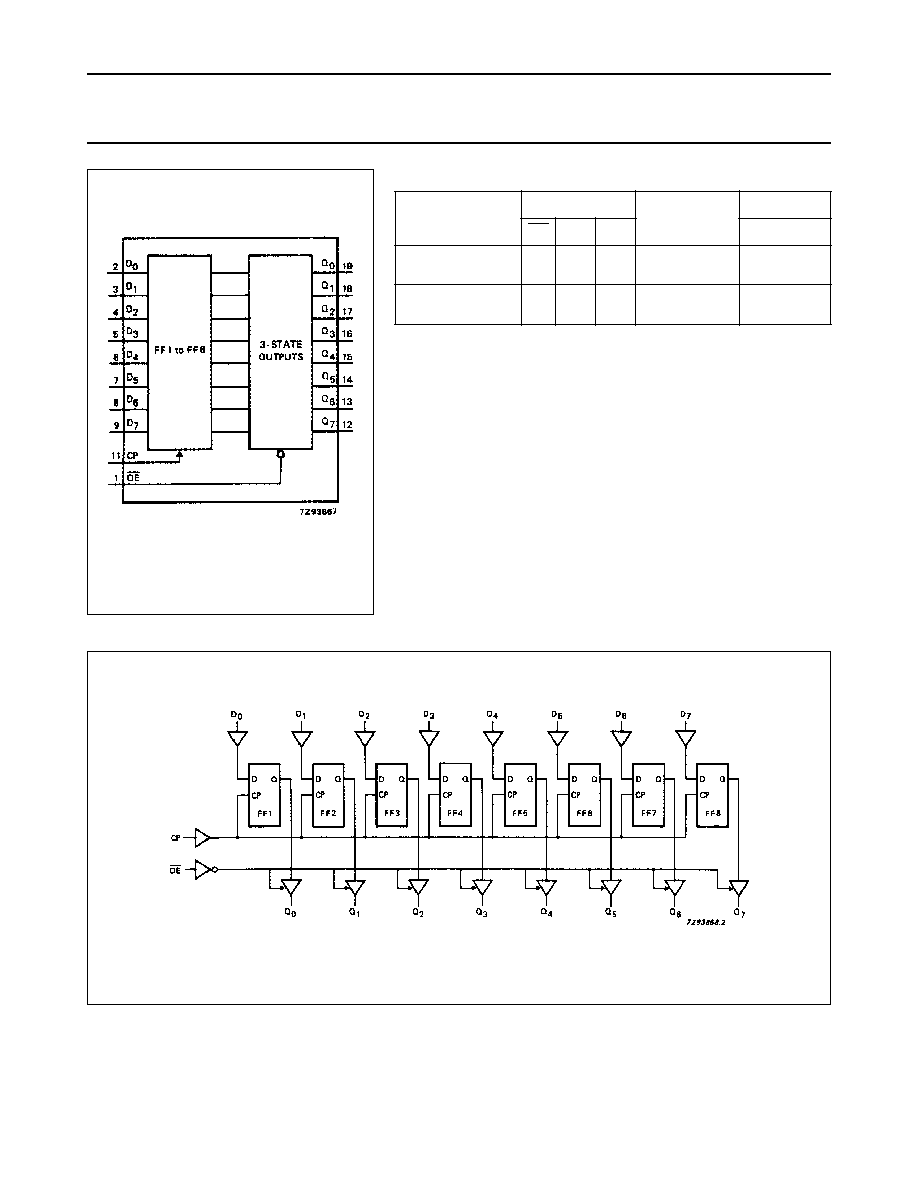
December 1990
4
Philips Semiconductors
Product specification
Octal D-type flip-flop; positive edge-trigger;
3-state
74HC/HCT574
Fig.4 Functional diagram.
FUNCTION TABLE
Notes
1. H = HIGH voltage level
h = HIGH voltage level one set-up time prior to the LOW-to-HIGH
CP transition
L = LOW voltage level
l = LOW voltage level on set-up time prior to the LOW-to-HIGH
CP transition
Z = HIGH impedance OFF-state
= LOW-to-HIGH clock transition
OPERATING
MODES
INPUTS
INTERNAL
FLIP-FLOPS
OUTPUTS
OE
CP
D
n
Q
0
to Q
7
load and read
register
L
L
l
h
L
H
L
H
load register and
disable outputs
H
H
l
h
L
H
Z
Z
Fig.5 Logic diagram.
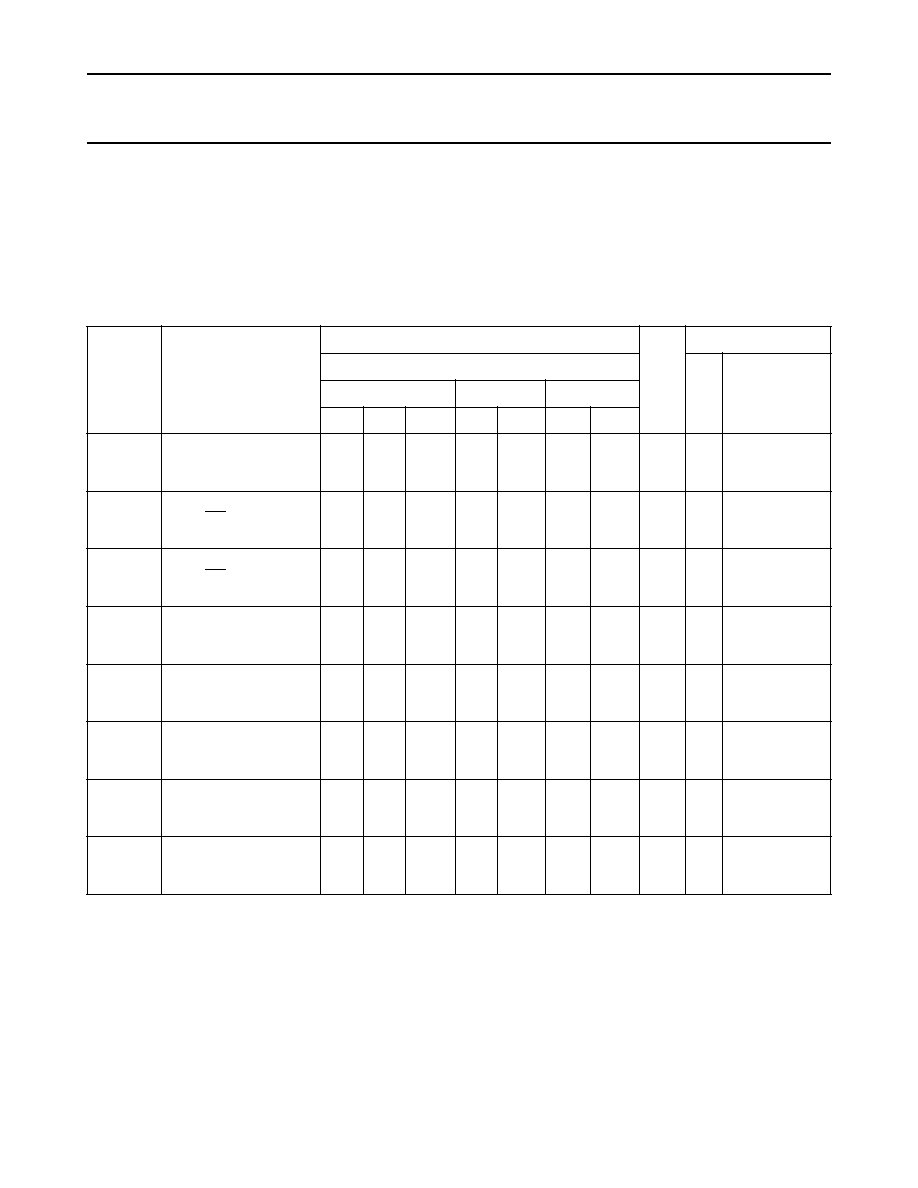
December 1990
5
Philips Semiconductors
Product specification
Octal D-type flip-flop; positive edge-trigger;
3-state
74HC/HCT574
DC CHARACTERISTICS FOR 74HC
For the DC characteristics see
"74HC/HCT/HCU/HCMOS Logic Family Specifications"
.
Output capability: bus driver
I
CC
category: MSI
AC CHARACTERISTICS FOR 74HC
GND = 0 V; t
r
= t
f
= 6 ns; C
L
= 50 pF
SYMBOL
PARAMETER
T
amb
(
∞
C)
UNIT
TEST CONDITIONS
74HC
V
CC
(V)
WAVEFORMS
+
25
-
40 to
+
85
-
40 to
+
125
min.
typ.
max.
min.
max.
min.
max.
t
PHL
/ t
PLH
propagation delay
CP to Q
n
47
17
14
150
30
26
190
35
33
225
45
38
ns
2.0
4.5
6.0
Fig.6
t
PZH
/ t
PZL
3-state output enable
time OE to Q
n
44
16
13
140
28
24
175
35
30
210
42
36
ns
2.0
4.5
6.0
Fig.7
t
PHZ
/ t
PLZ
3-state output disable
time OE to Q
n
39
14
11
125
25
21
155
31
26
190
38
32
ns
2.0
4.5
6.0
Fig.7
t
THL
/ t
TLH
output transition time
14
5
4
60
12
10
75
15
13
90
18
15
ns
2.0
4.5
6.0
Fig.6
t
W
clock pulse width
HIGH or LOW
80
16
14
14
5
4
100
20
17
120
24
20
ns
2.0
4.5
6.0
Fig.6
t
su
set-up time
D
n
to CP
60
12
10
6
2
2
75
15
13
90
18
15
ns
2.0
4.5
6.0
Fig.8
t
h
hold time
D
n
to CP
5
5
5
0
0
0
5
5
5
5
5
5
ns
2.0
4.5
6.0
Fig.8
f
max
maximum clock pulse
frequency
6.0
30
35
37
112
133
4.8
24
28
4.0
20
24
MHz
2.0
4.5
6.0
Fig.6
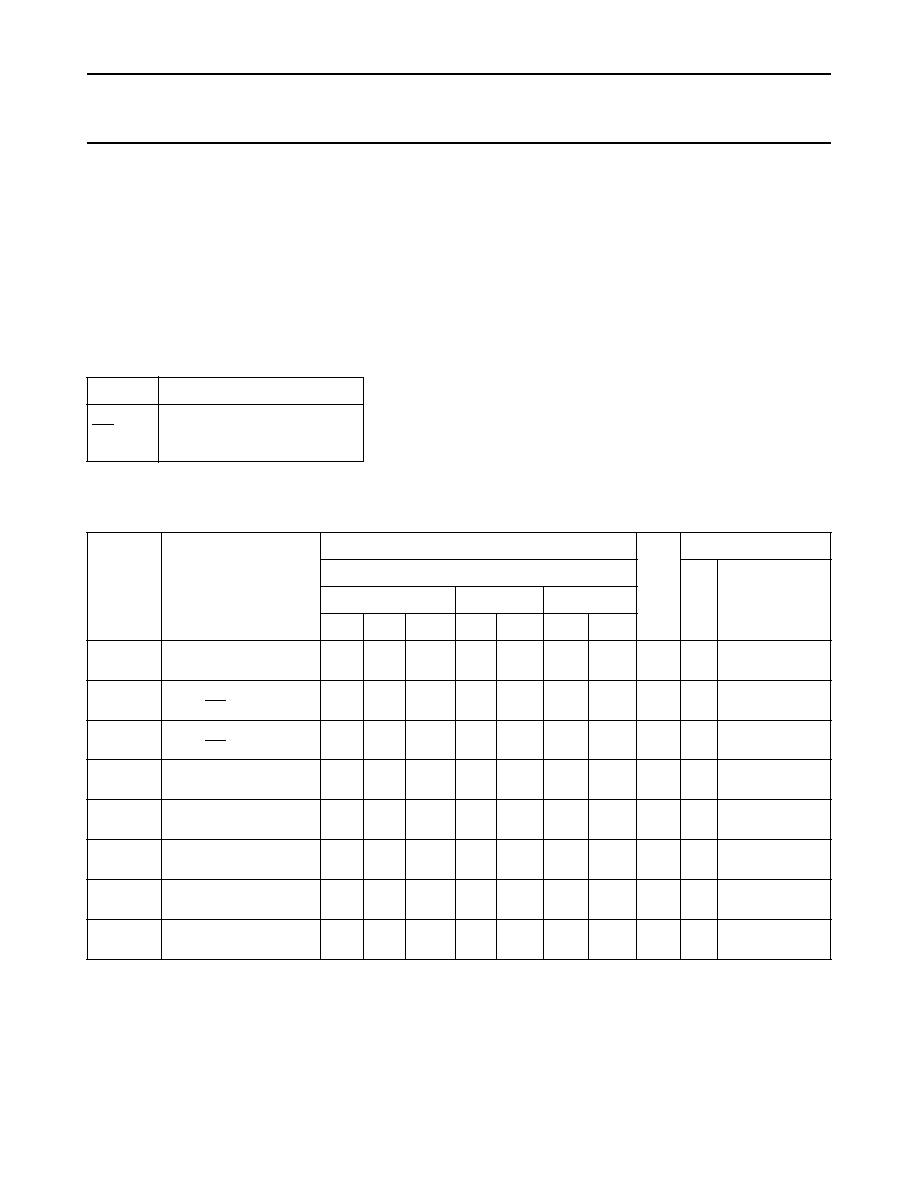
December 1990
6
Philips Semiconductors
Product specification
Octal D-type flip-flop; positive edge-trigger;
3-state
74HC/HCT574
DC CHARACTERISTICS FOR 74HCT
For the DC characteristics see
"74HC/HCT/HCU/HCMOS Logic Family Specifications"
.
Output capability: bus driver
I
CC
category: MSI
Note to HCT types
The value of additional quiescent supply current (
I
CC
) for a unit load of 1 is given in the family specifications.
To determine
I
CC
per input, multiply this value by the unit load coefficient shown in the table below.
AC CHARACTERISTICS FOR 74HCT
GND = 0 V; t
r
= t
f
= 6 ns; C
L
= 50 pF
INPUT
UNIT LOAD COEFFICIENT
D
n
OE
CP
0.5
1.25
1.5
SYMBOL
PARAMETER
T
amb
(
∞
C)
UNIT
TEST CONDITIONS
74HCT
V
CC
(V)
WAVEFORMS
+
25
-
40 to
+
85
-
40 to
+
125
min.
typ.
max.
min.
max.
min.
max.
t
PHL
/ t
PLH
propagation delay
CP to Q
n
18
33
41
50
ns
4.5
Fig.6
t
PZH
/ t
PZL
3-state output enable
time OE to Q
n
19
33
41
50
ns
4.5
Fig.7
t
PHZ
/ t
PLZ
3-state output disable
time OE to Q
n
16
28
35
42
ns
4.5
Fig.7
t
THL
/ t
TLH
output transition time
5
12
15
18
ns
4.5
Fig.6
t
W
clock pulse width
HIGH or LOW
16
7
20
24
ns
4.5
Fig.6
t
su
set-up time
D
n
to CP
12
3
15
18
ns
4.5
Fig.8
t
h
hold time
D
n
to CP
5
-
1
5
5
ns
4.5
Fig.8
f
max
maximum clock pulse
frequency
30
69
24
20
MHz
4.5
Fig.6

December 1990
7
Philips Semiconductors
Product specification
Octal D-type flip-flop; positive edge-trigger;
3-state
74HC/HCT574
AC WAVEFORMS
Fig.6
Waveforms showing the clock input (CP)
pulse width, the CP input to output (Q
n
)
propagation delays, the output transition
times and the maximum clock pulse
frequency.
(1) HC : V
M
= 50%; V
I
= GND to V
CC
.
HCT: V
M
= 1.3 V; V
I
= GND to 3 V.
Fig.7
Waveforms showing the 3-state enable and
disable times.
(1) HC : V
M
= 50%; V
I
= GND to V
CC
.
HCT: V
M
= 1.3 V; V
I
= GND to 3 V.
Fig.8
Waveforms showing the data set-up and
hold times for D
n
input to CP input.
The shaded areas indicate when the input is permitted
to change for predictable output performance.
(1) HC : V
M
= 50%; V
I
= GND to V
CC
.
HCT: V
M
= 1.3 V; V
I
= GND to 3 V.
PACKAGE OUTLINES
See
"74HC/HCT/HCU/HCMOS Logic Package Outlines"
.






